A Place for Resilience
I teach at the University. Perhaps because my work is with first year Education students, but every semester I find myself thinking deeply about my educational journey. A few years ago, I spent a great deal of time thinking about the children who I have lived alongside who have been affected by a suicide experience. Though I can recall every child who has attempted suicide and those whom I have connected with Mental Health support, the volume to times I have had to use my ASIST training with youth is so numerous that I can no longer keep count.
I remember one evening sitting at the barn board table in our kitchen, late from school, having connected one of my high school students with proper Mental Health supports. I remember how the school counsellor and I had worked as a team. How my other students had simply been left on their own – for blocks of time throughout the day. I remember their faces. Their knowing looks as myself and others worked confidentially to access the Mental Health supports.
“I need to walk.” I remember Alan as he looked at me. The concern for me mirroring the concern and exhaustion in my face. And then I received a text. Another student in crisis, hours spent connecting him to support. And then, later that night, a colleague messaged, yet another student in crises. And I am not a trained Mental Health professional.
I am a teacher. And that was a Thursday.
~
And I am a teacher. I thought long about how to think and work with what was in my sphere of influence (although, I would argue that all things are indirectly in our sphere of influence, but that is a conversation for another time).
I am a Student Support teacher. I am a high school teacher. I believe each of us is resilient. There is heaps of data around resilience. The skills needed to tap into resilience can be fostered.
And last Spring, as the days warmed, as the willows bloomed, and the geese navigated northward, this is where I turned my focus.
~
I am a Graduation Coach in my division. I work to make certain that the students most at risk of not graduating on time have the needed support. There are three Graduation Coaches in our division. Last year we tried to bring our students together through a Postcard Writing Project. Though our students are connected by many common life-stories of the experience, all students in the Grad Support Program are enrolled in a common course. The rationale is to help track outcomes when students transfer from one school to another.
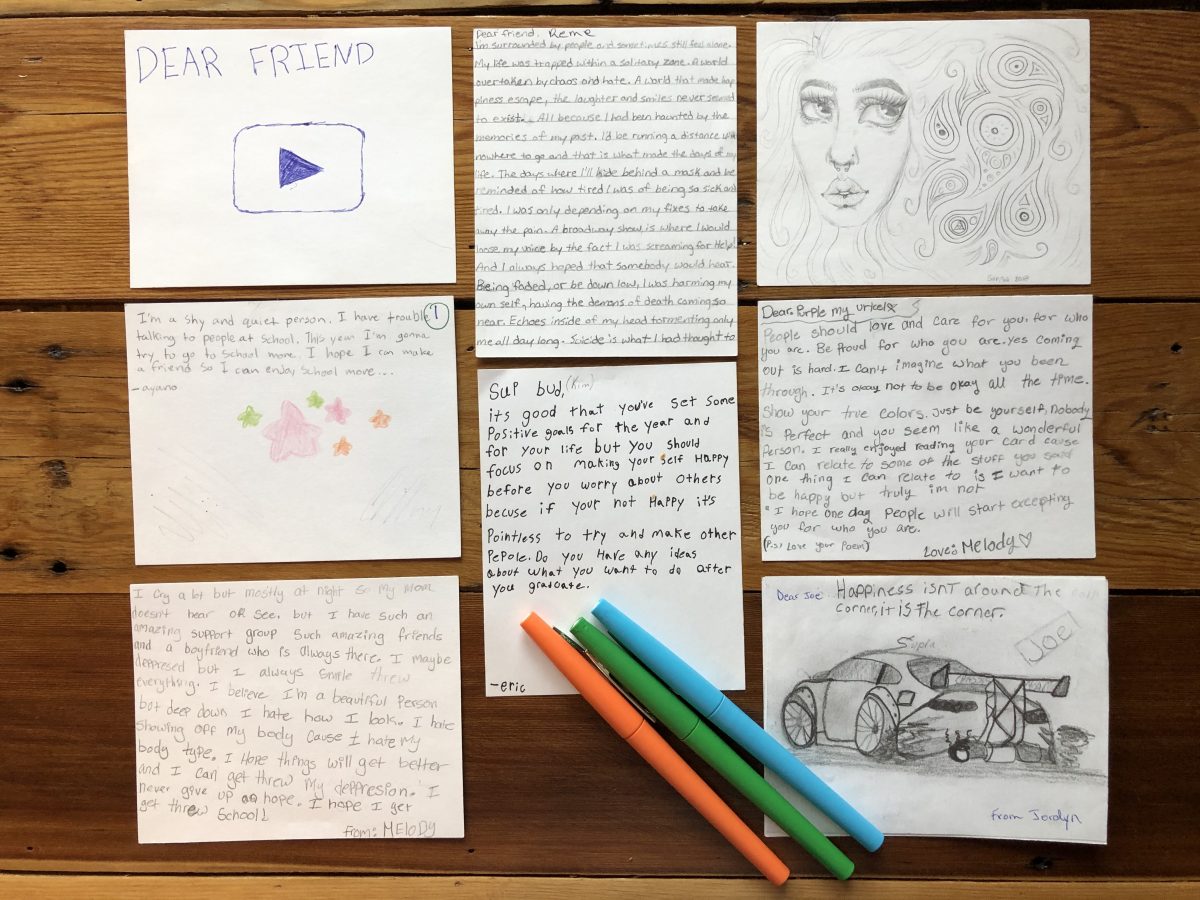
Through the Postcard Project students shared many life experiences. We understood that in their shared experience they would find common support, understanding, empathy, and comfort. Though students were reluctant at first to share personal stories of experience, they quickly opened up, found a pen-pal, and began to look forward to sharing back and forth. Students used a pseudonym. My fellow Grad Coach colleagues insisted on this component. They felt our project would have more by-in if we could offer students privacy and anonymity.
For us teachers, the swapping of the cards soon became cumbersome, as the Grad Support teachers were tasked to manage the cards with students who have a high degree of transiency, moving from program to program, responding to multiple cards, and changing their pseudonym. The connections were there, however only few students found a voice through the post cards.
In the summer of 2019 we regroupd.
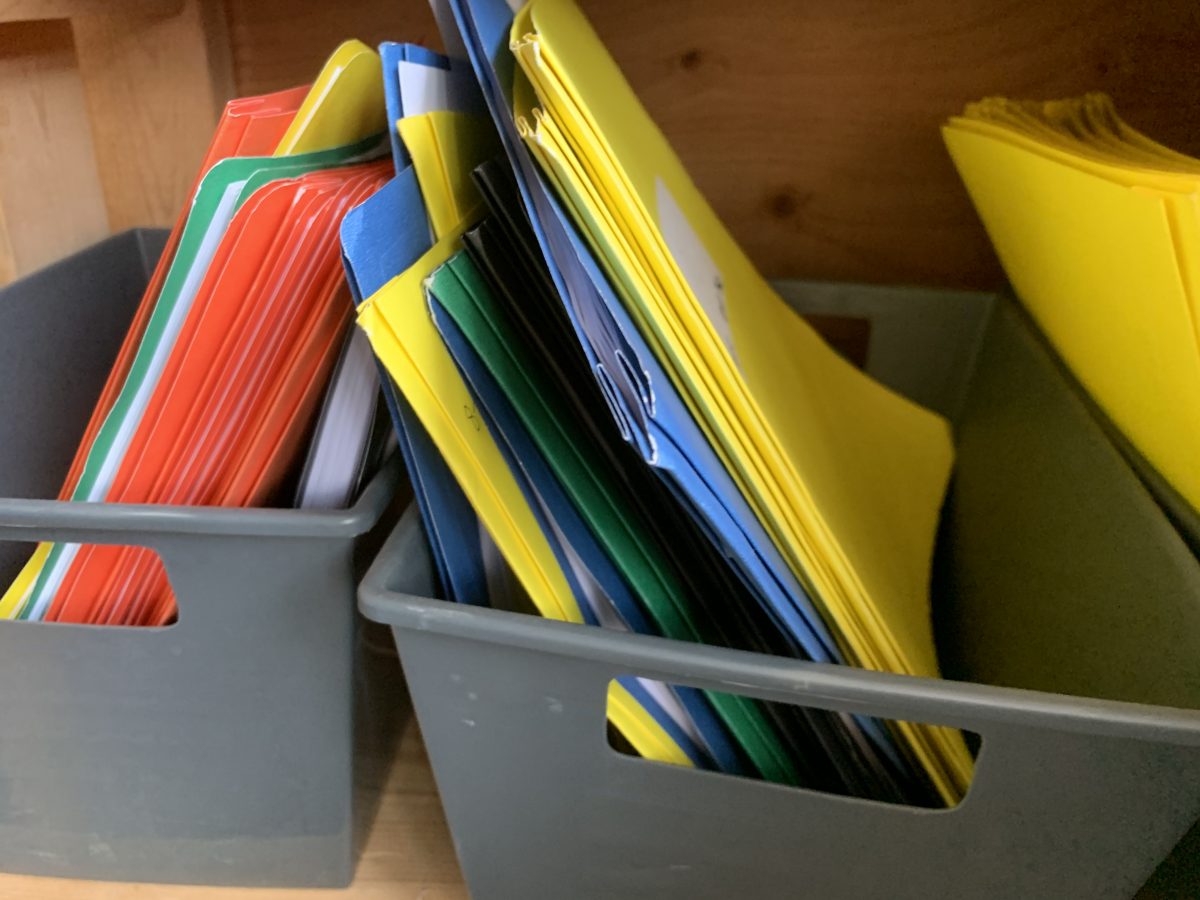
I asked my colleagues to trust in me. I asked that we move online. I had inherited my program from another educator who used binders and worksheets to organize. Who diligently tracked students’ successes. I wanted the students to track their connections and to take more responsibility for their learning, all aspects. The time to shift had come.
I knew that the Grad Coaches could manage the sharing and posting of student stories at all three schools if we had two things with 1) a common platform for all three schools where students would share and 2) a common curricular goal that supported a focus on resilience.
I met with my teaching partners mid-August. Earlier that spring we had chosen a Locally Developed Course that focused on deepening connections for youth, both in self and in the community. A prominent part of the course centred on fostering resiliency –
“Examine one’s life experiences and learn from the experiences of others to build resilience.”
My colleagues were nervous to move online. Nervous but not scared. I shared that I would ask Alan for backup, for all of us, so we need not worry. I promised that everything would be simple, that we would learn together, all documents would be digital (I then explained G-Suite), and that we would move one tiny step at a time. We spent one long day drafting a framework for our year. I promised that all they would need to get me before the first day would be student names, grades, and emails.
Alan followed our journey and brought all that I imaged into reality. He was taxed with tempering my imagination with the needs of my colleagues. He insured the site was easy, and fun, and gentle, and, as much as possible in an on-line space, one that breathed with the similar rhythms, traditions, and sacredness of our programs. Also, one the site fit our kids. With easy access on mobile devices, and groups changes that shifted, and sometimes shifted with the hourly whim of his wife, with the needs of our students. There were days we relied heavily on Alan – do read more about his journey. And in many ways, the ease of our start-up allowed WordPlace to launch seamlessly. Mostly, the complexity of where we dreamed was made possible by having Alan alongside letting us know he could, rather easily, build what we dreamed, and cheering our resiliency in jumping into action. I love my husband. It is one thing for your spouse to support you, but it is a wonderful gift having Alan nurture all the ways I am passionate, even those long, crinkled, late night, kitchen-table-worried nights.
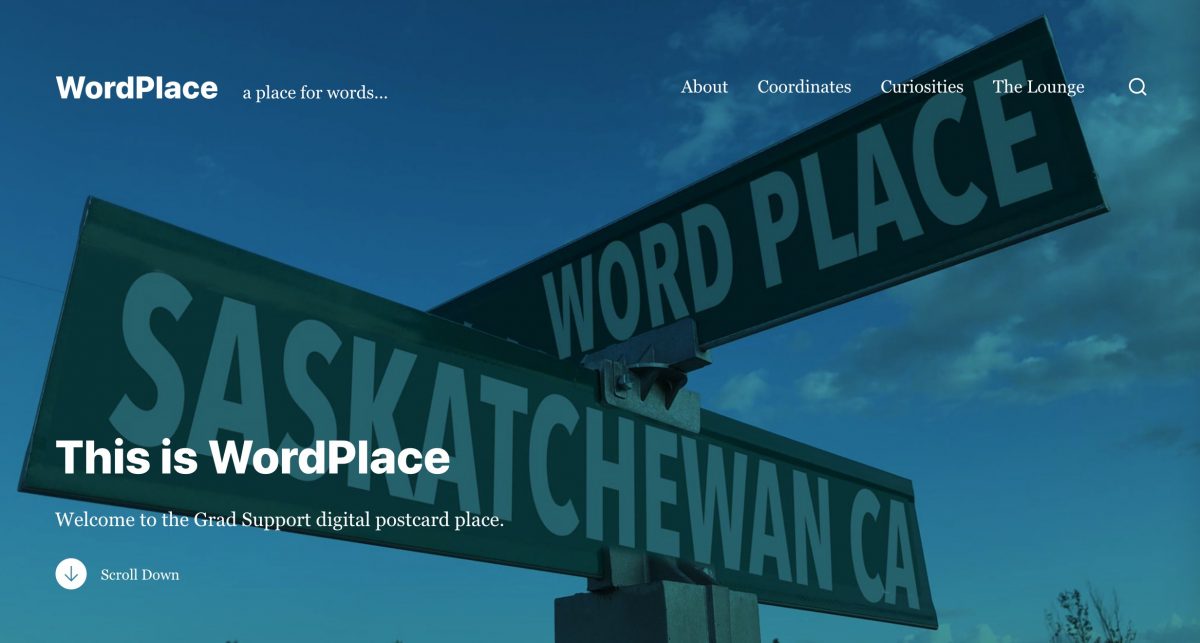
Though we three are drastically different we are all fierce advocates for youth. We share many similar educational beliefs. We also have read extensively the work of Brene Brown. We used much of her research in the groundwork of your planning, though it looked different in each program. Most importantly, from the start, we agreed to share with students the power of our own stories. We shared the research around sharing and around hearing our stories. We shared that shame cannot live in stories. We brought in a guest speaker to share about resilience. We examine the attributes of resilience, coming up with our own definition of resilience.
In early November, the Mental Health community coordinator visited my program. I had asked my colleagues if they wanted her to visit their programs, but they declined. I felt the timing was ideal. I pulled each one of my students from their regular classes for an entire morning. Each child was trained in SafeTALK: (a training program that teaches participants to recognize and engage persons who might be having thoughts of suicide.) Every one of my students attended. Each brought a pencil and grabbed loose lead from the classroom bin. Each stayed. Though many cried and took wellness breaks. I remember looking around the room. I remember thinking of the students in the room. I remember thinking of all the students not in the room. I remember a different colleague stopping in mid-morning to check on me.
“Cori, are you okay?” I remember responding, yes, yes, the workshop was going so well, the kids were learning so much, it was good, it was so good. All the kids were there. All of them. I remember her looking at me. She had a son who had died by suicide four and half years earlier. The month before the workshop, I had sat in a pew at a memorial service for a young man we had both taught, who had died by suicide; she had texted me that day. I remember I had swung by her house for hugs afterwards. She looked at me. “Cori, how are you doing? You need to be proud of the kids. This is really good.”
You know. Our work is hard. I remember that day. I remember looking around the room and knowing how many of the youth were affected by a story of suicide. Each. Child. And. All. That. I. Can. Not. Write. About. Here.
The kids needed the training. I needed to be there with them. They needed to see me be okay with the training. They needed to see me be okay with the training.
Resilience: the ability to bounce back after a difficult situation.
So. We shared our stories. We talked about and questioned and wondered about resiliency. We interviewed strangers. We interviewed each other. We interviewed our families.
And we found ways to connect. Those old connections from the postcard days were rekindled. Students who did not come to school found a way to stay connected via our site. Students who would not attend any classes wanted to share their stories of resilience. Why? Because our stories matter.

We began to find our way.
We began to create criteria (attributes) of resiliency. We began to work together, and then work individually, to identify these attributes in our own stories.
Identifying our attributes of resilience is skill attainment.
The more we tell and retell our stories of experience the more we become resilient.
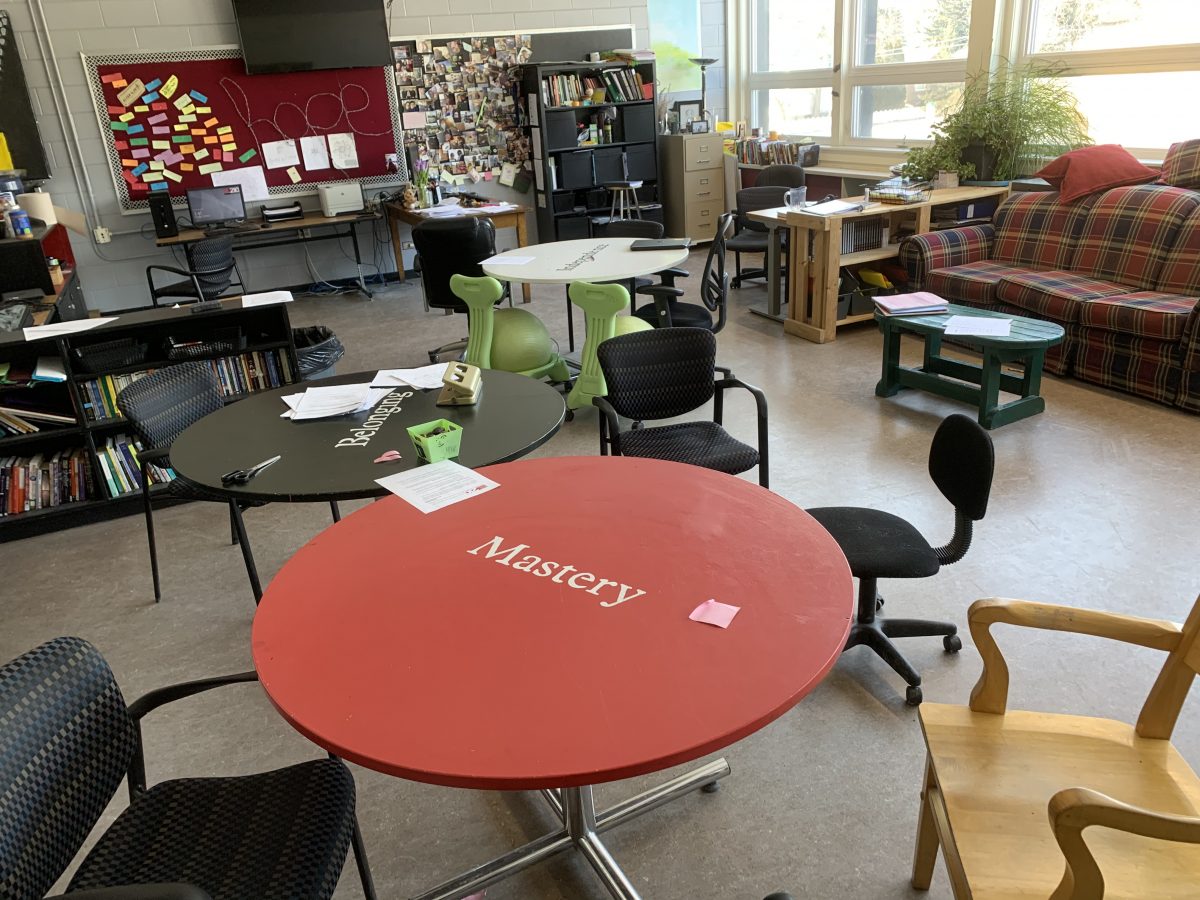
And the students did. I remember gathering students into our circle chats. I remember a grade 12 student asking if we were going to have to share our stories like he had been studying in class, like the stories he had been gathering in his interviews: his own resilience story.
“Yes, Yes, shame, after all, cannot live in a story.”
“I thought so …. Can I make a video?” and the rest sort of slipped into magical place.
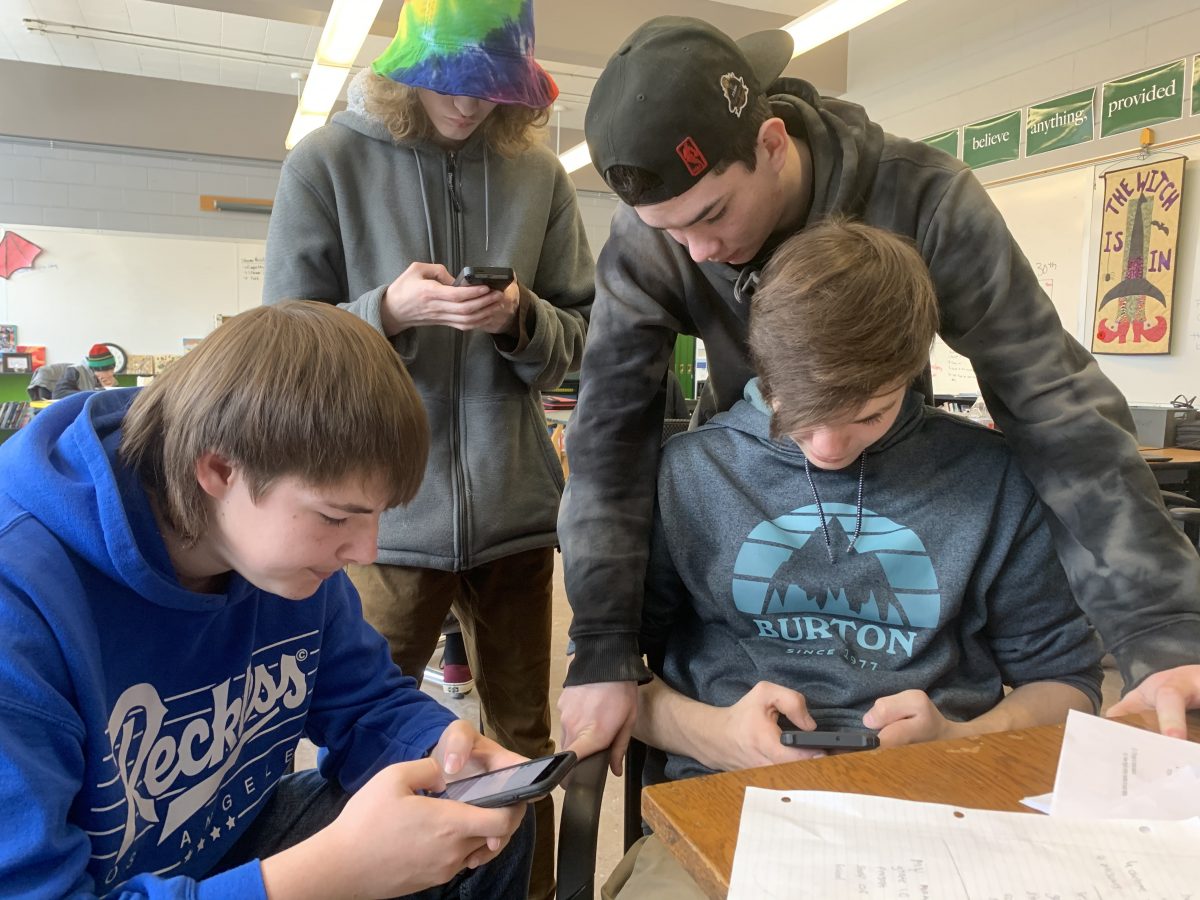
~
There have been many times the students have used their SafeTalk training in the days and months since.
When I return and view the videos of students sharing I melt at the generosity of spirit, the inclusivity, as they come to understand the wholeness of themselves and of their classmate’s stories of experience.
~
“I became resilient without knowing that I was. I thought I was becoming strong but I had really become resilient…Everyone needs to be their best selves and I’m glad I have learned this skill.”
I am a teacher. And that was a Thursday.

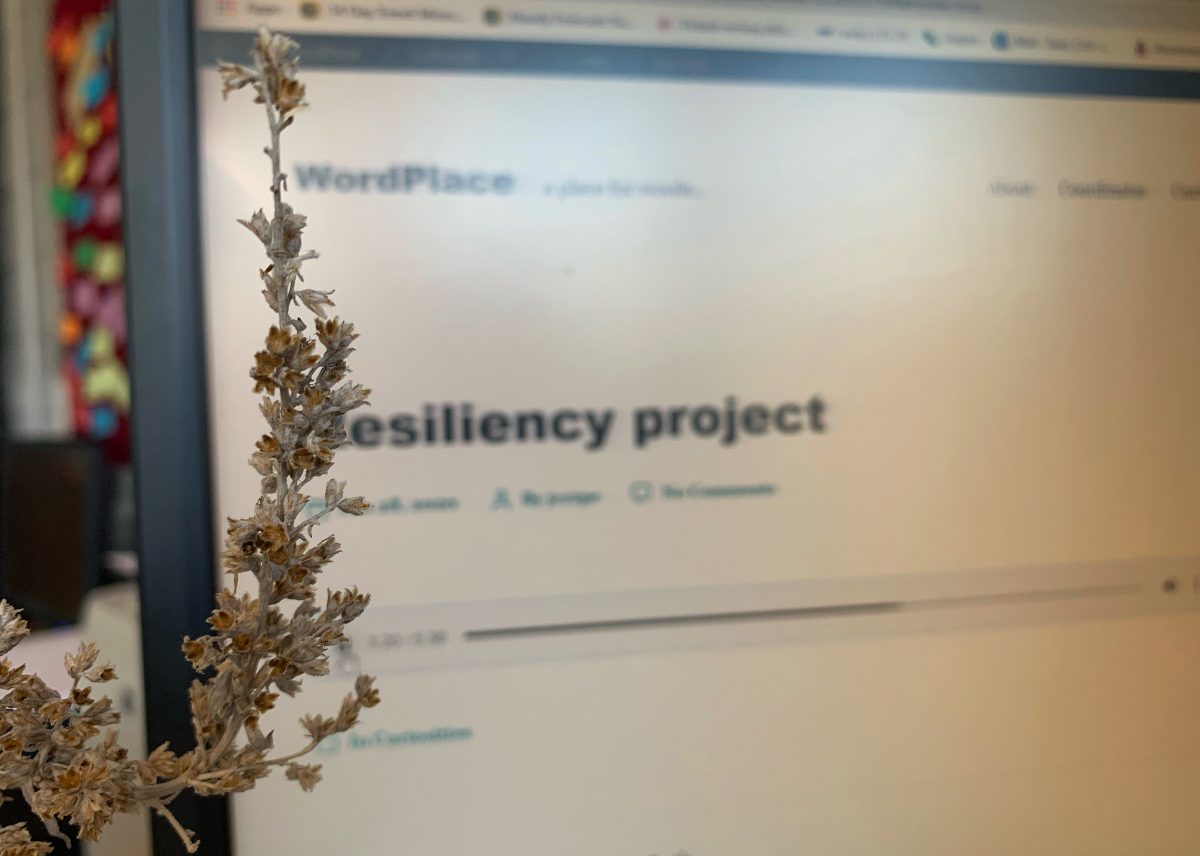
Thank you so much for your work and sharing here Cori. That audio/video recording at the end of the post hit me so hard. I’m so lucky and privileged to have not suffered at anytime in my life and I know how rare that truly is.
Sending hugs from México.